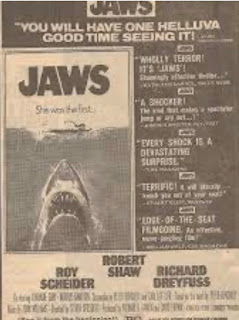By Michael Lyons
You can almost hear the “pitch meeting” for the movie “The Patriot”: “Picture it: it’s ‘Lethal Weapon,’ set during the Revolutionary War! A lone, emotionally unstable man takes on ALL of the Redcoats!”
It may seem strange and far-fetched, however the same action, excitement and raw emotion found in the “Lethal Weapon” movies is most definitely found in “The Patriot.” Heck, they even got Mel Gibson to play the lead!
It’s been twenty summers since “The Patriot” debuted on June 30, 2000, just in time for that year’s Fourth of July and just in time for THIS year’s Fourth of July, its fitting to celebrate the 20th anniversary with a look back at this, well, patriotic film.
Set in South Carolina in 1776 and playing fast and loose with historic facts, “The Patriot,” tells the story of Captain Benjamin Martin (Gibson), a veteran of the French and Indian War. Martin is a widower, with seven children, who is opposed to entering into the war with the British.
This soon changes for Martin, after the war impacts his family and changes his life (no spoilers here). Martin then seeks revenge on the British Army and joins the Colonial Army, initiating a “rag-tag” group of undetectable, guerrilla soldiers who continually ambush the Redcoats and turn the tide of the War.
“The Patriot” was a departure of a film for Director Roland Emmerich, who had previously crafted much different Summer movies like 1996’s “Independence Day” and the infamous “Godzilla” re-make in 1998. With “The Patriot,” Emmerich once again shows that he can craft the BIG scenes (the brutal battles are definitely bloody enough to earn the film’s R-rating, but they’re also visceral and gripping, as well).
Emmerich also shows off some great, stylish filmmaking that makes “The Patriot” seem at home alongside some of Hollywood’s greatest historical epics (a tracking shot through a window, with a battle raging in a field in the distance is just one of the many scenes in the film that are a wonder to behold).
Adding to this is a beautiful, swelling score by none other than legendary movie maestro John Williams.
Director Emmerich also gets some compelling performances from the Cast. No one conveys anguish better than Mel Gibson and he has some powerful scenes here. Additionally, the sequence in which he takes on a squadron of Redcoats single handedly, confirms why he was once a movie action hero in demand.
Young Heath Ledger as Martin’s son Gabriel turns in an equally gripping role that foreshadows the amazing performances he would continue to turn in during his all-to-brief career.
As the film’s villain, Colonial William Tavington, Jason Isaacs creates a character so ominous and viscous that his “venom” can be felt as soon as he appears on screen.
“The Patriot” isn’t a perfect film - clocking in at fifteen minutes shy of three hours, more editing may have helped to tighten up some scenes, particularly toward the end. And, the movie feels caught between wanting to be summer-weight entertainment and more serious Oscar bait.
This could be why, two decades later, “The Patriot” garners “Oh yeah” responses and recollections when mentioned.
If you’re one of those who have those dusty memories of “The Patriot,” it’s definitely worth a re-visit. And what better time than the film’s twentieth anniversary AND Independence Day to do that?
Wishing you all a safe, peaceful and Happy Fourth of July!
Sources:
IMDb
Wikipedia







